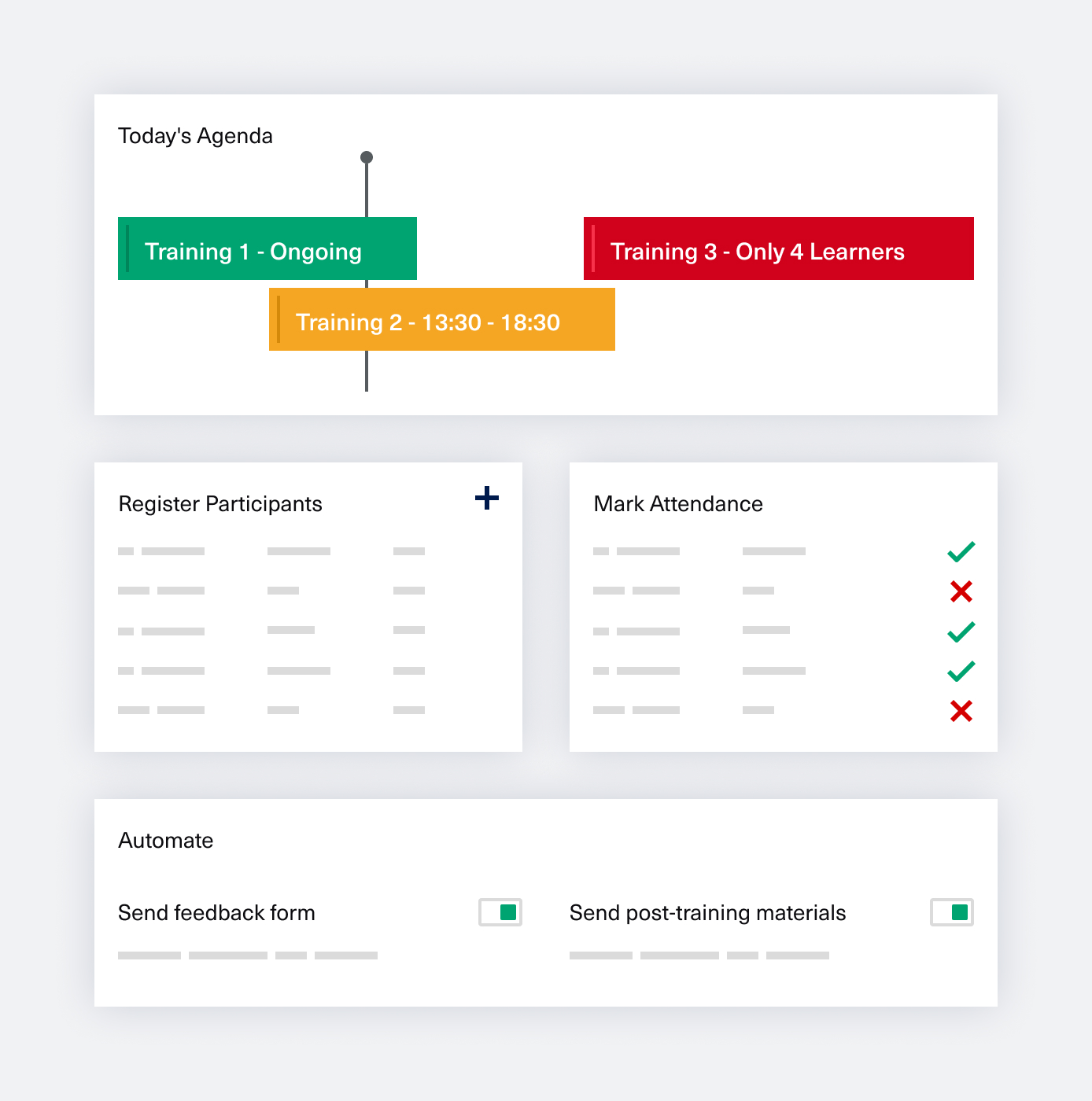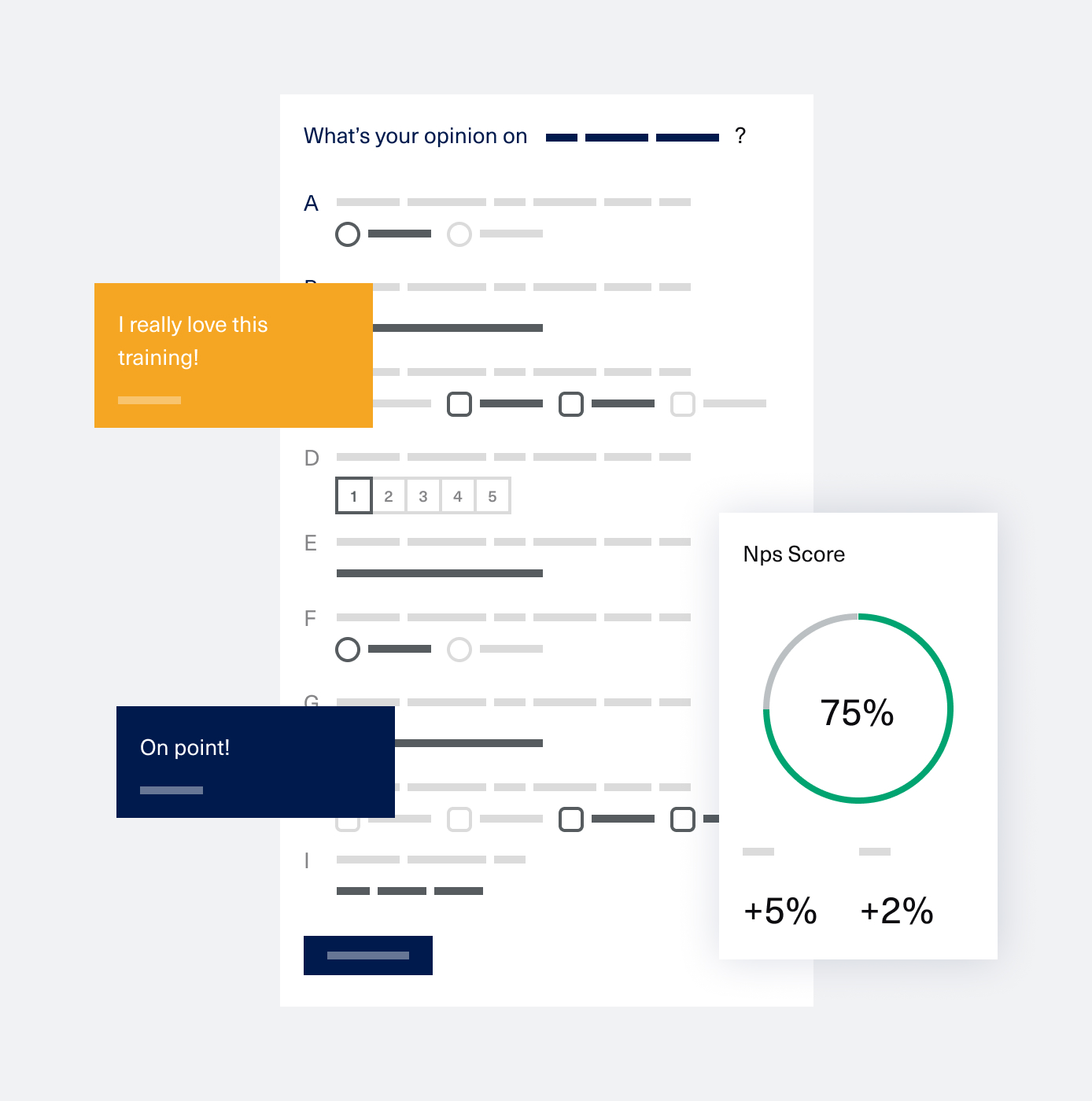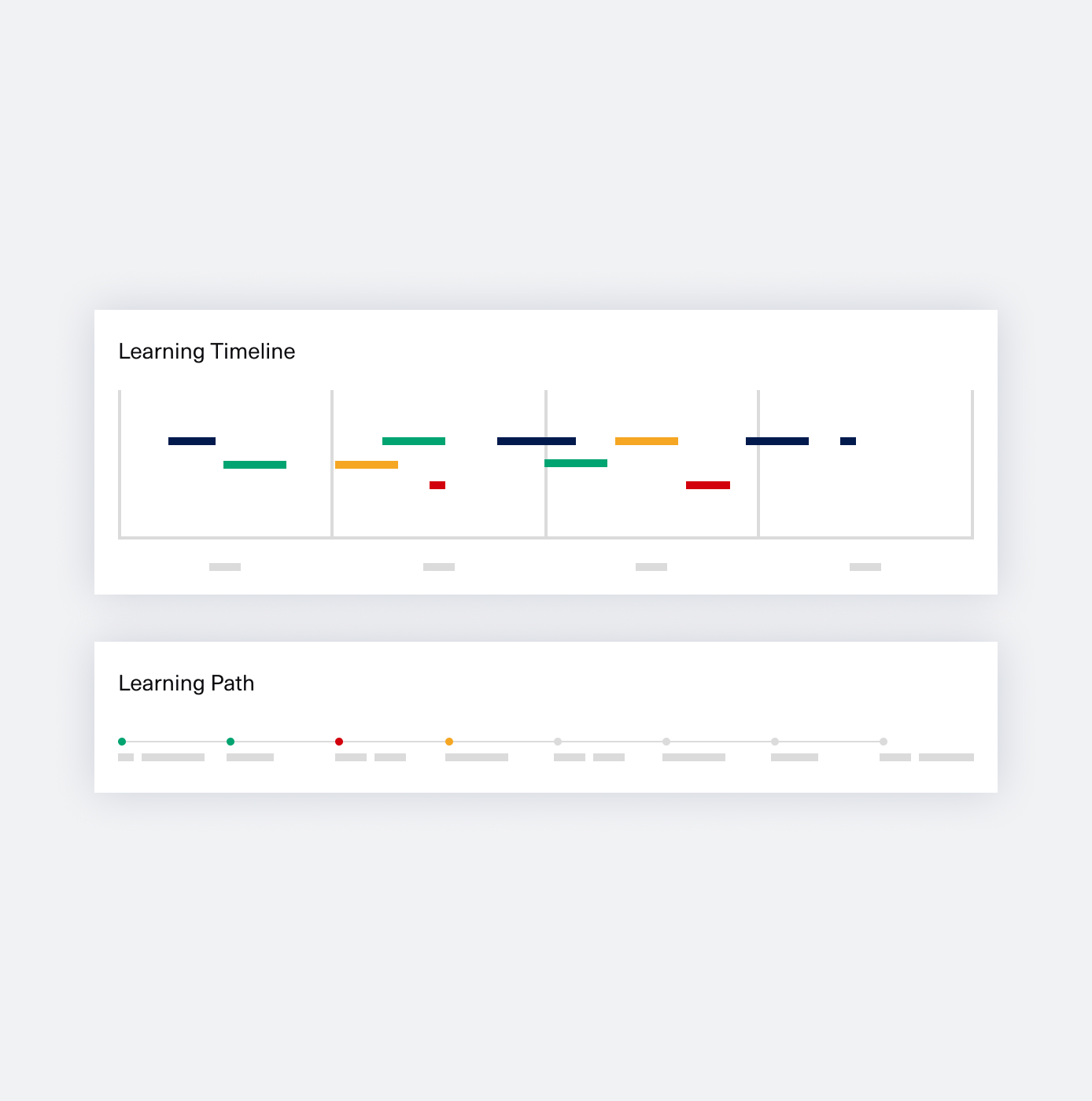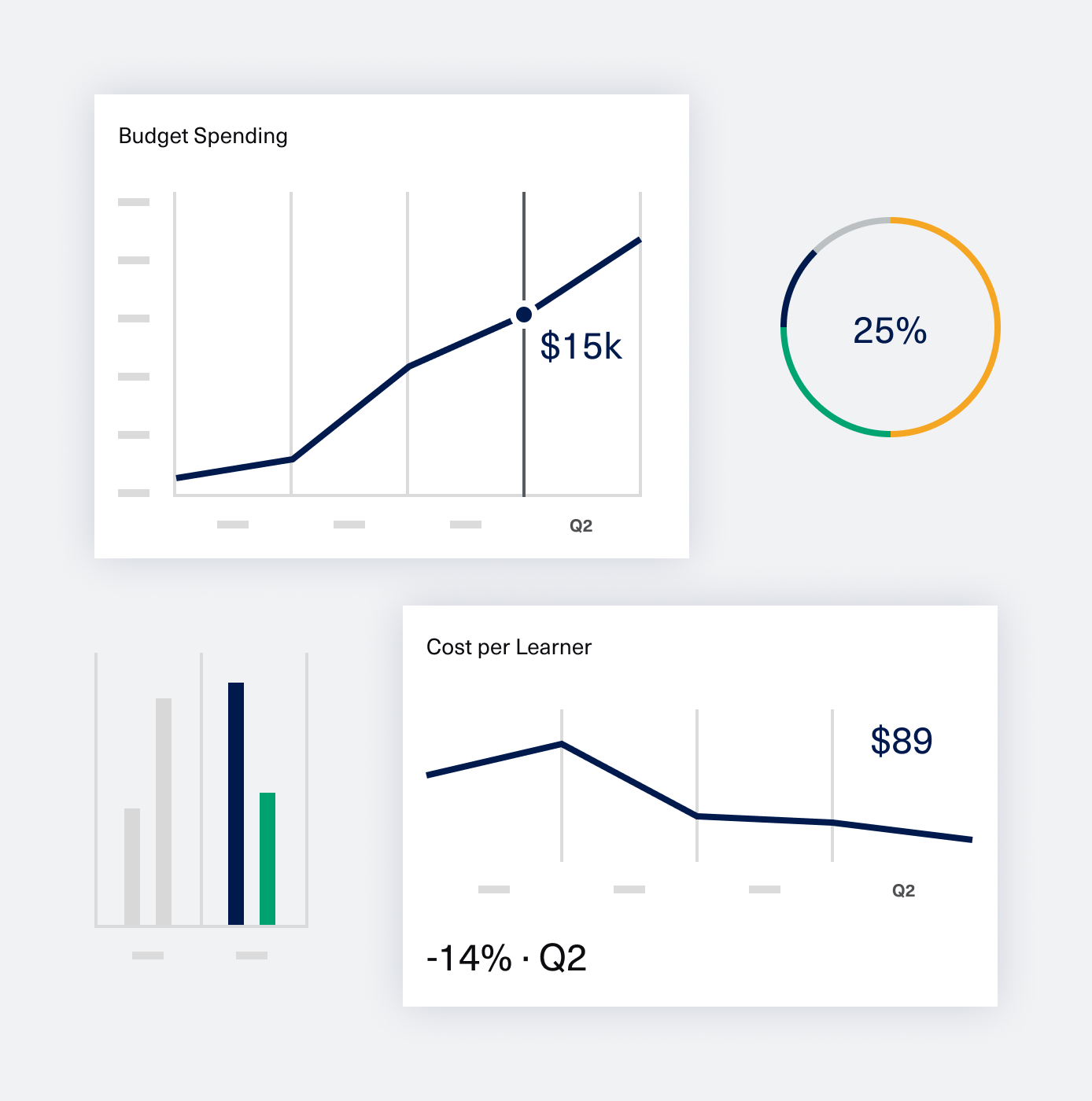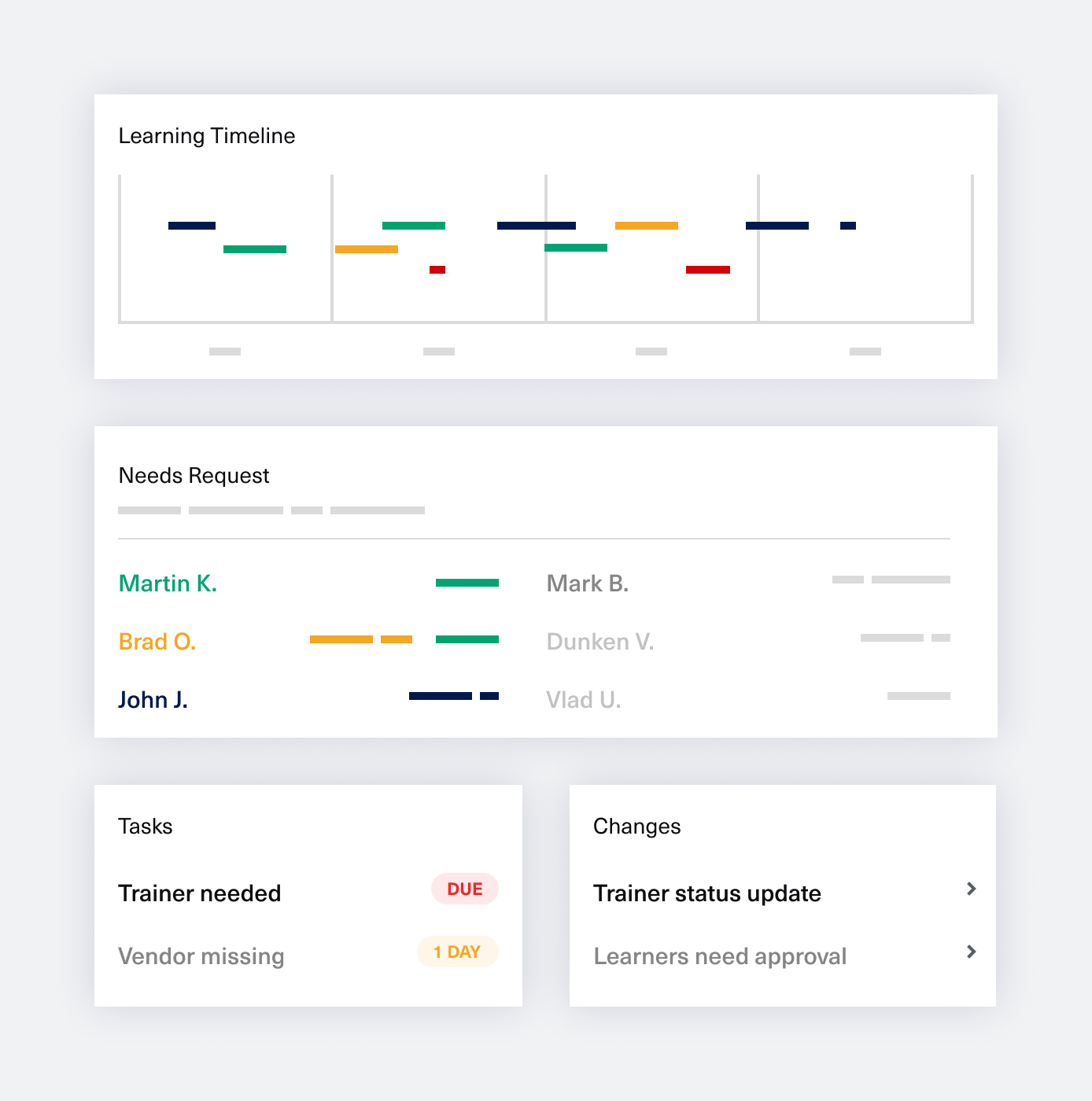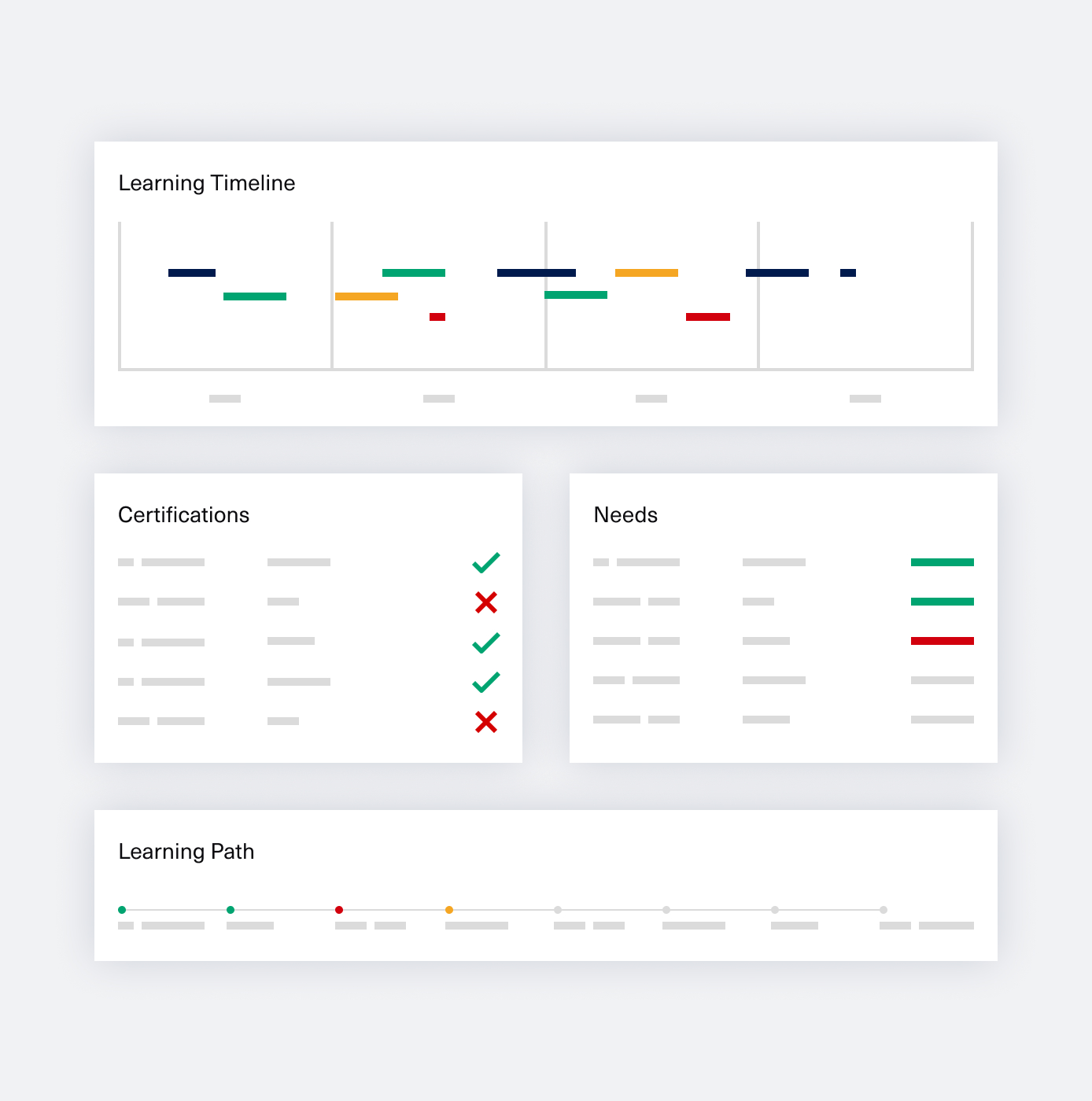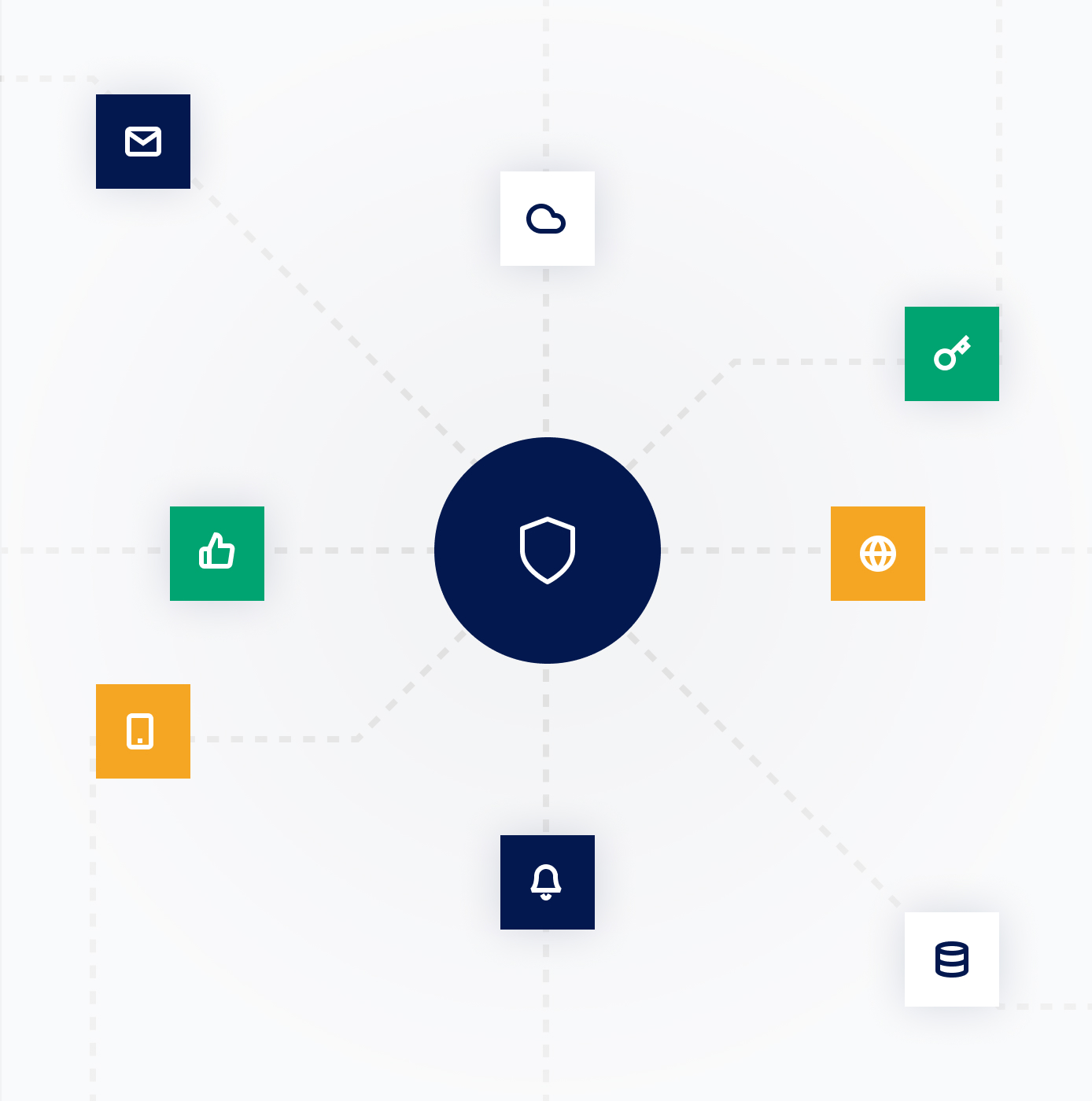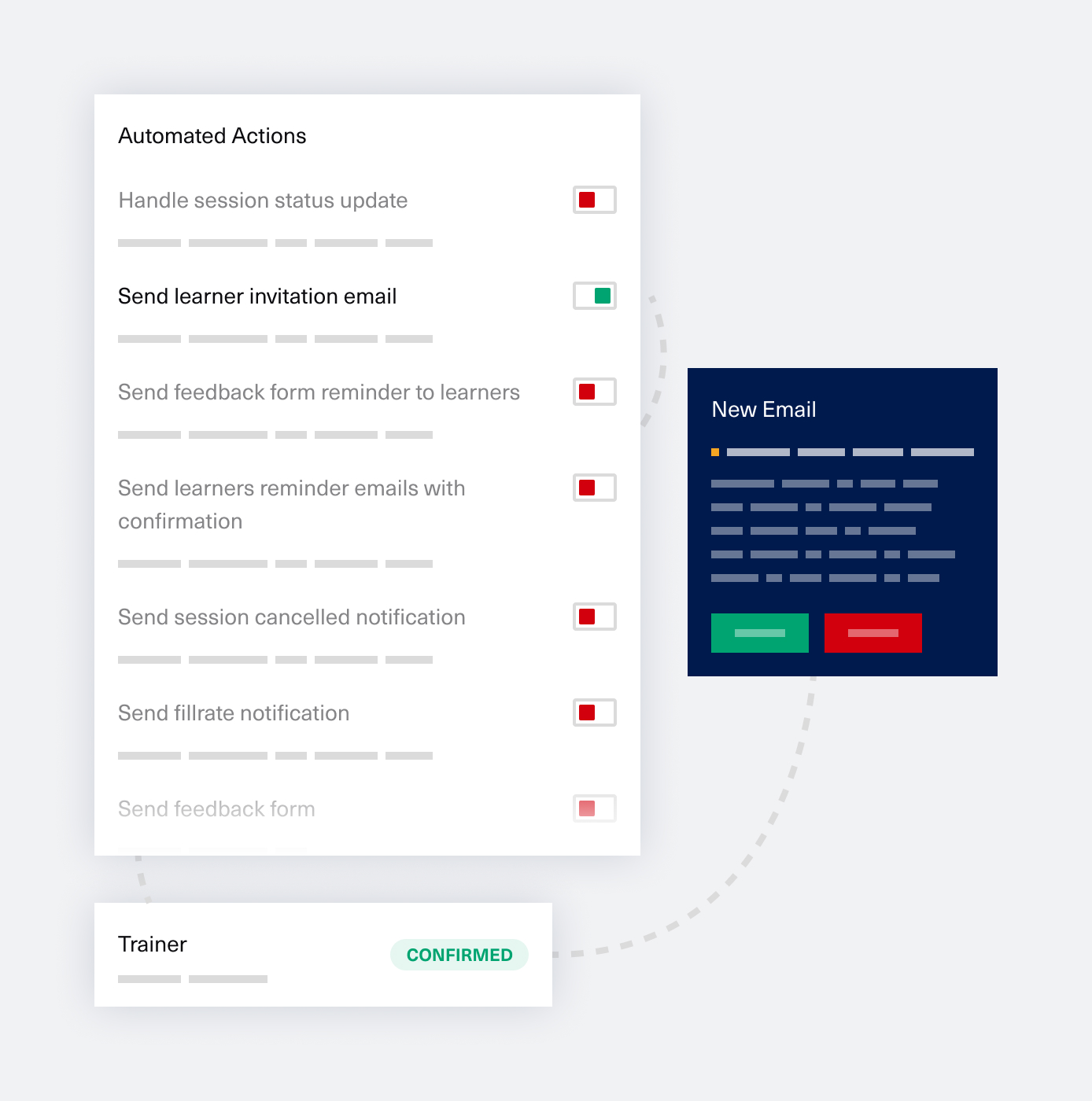Highlights:
* Leadership is more nurture than nature; virtually anyone can develop their leadership skills.
* Leaders come in all shapes and sizes: charismatic, quiet, deliberative, introverted; not every leadership style works in every situation.
* Companies can support leadership development through formal and informal learning interventions and opportunities. Most companies will settle on a hybrid approach.
* Formal leadership programs are most necessary when a company is trying to reset its values and kickstart a new leadership journey.
* You can’t expect to make a complete leadership culture switch in a short time; it takes months and even years for a company to see significant lasting changes. This is especially true for large companies or situations where a radical culture change is needed. A relevant example is Nokia’s failure to change its culture before running out of time and resources.
* A big problem with leadership programs in large companies is that they are not persistent enough and not properly integrated with the rest of the culture.
* The organization leaders’ task is to show to employees that they’re consistently embodying, promoting, and supporting a change for the better.
* Cutting corners on culture will send the wrong message to employees; if you plan to make significant changes in leadership behaviors, you can’t compromise when these behaviors are put to the test. Otherwise, employees will perceive that this change is not being taken seriously by management, and they won’t adopt the changes themselves.
* Improvements in leadership are hard or sometimes impossible to measure objectively. It’s mostly a matter of observing, over time, if positive changes in culture are noticeable by both leaders and employees.
* L&D should be part of the leadership team and take part in the decision-making process when deciding to implement new learning programs that have a substantial impact on culture.
* L&D does the bulk of the work of understanding the organization, creating leadership development strategies, planning activities, and creating/curating learning content.
* L&D should equip themselves with resilience, as leadership development programs take a long time to create sustainable change.
* L&D creates the development opportunities, but only the leadership team, through its example, can make or break the success of any leadership development initiative.
* Where decision-making cannot rely on data, this is where a leader’s experience comes into play, alongside their judgment and them keeping in mind the best interest of the company and its employees.
* Most leaders fail to make significant cultural changes by not being intransigent enough in situations where they discover intentionally destructive behaviors.
* Having the right kind of culture and leadership mentality in the company is the number one job of the CEO.
* “The culture of a company is defined by the worst things leadership is willing to tolerate.” – found in “School Culture Rewired” by Steve Grunaert and Todd Whitaker, as well as in a podcast episode on How to Build an Inclusive Workplace by Adam Grant.
How to start developing leadership learning programs:
1. Define the vision of the intended to-be leadership behaviors that you plan to develop – this takes place within the leadership team of the organization; L&D should be part of this team.
2. Break down the newly defined vision into values, then competencies and skills.
3. Create learning opportunities to promote and develop these skills.
4. Start with a pilot, then showcase the results to leadership to ask for a wider launch of the same program. Keep in mind that the company’s leadership team is one of the internal customers of L&D, alongside learners and the various business units with their own goals.
5. Arm yourself with patience, as leadership development is a long-term endeavor.
Some of the skills that make a good leader: negotiation, assertiveness, sociability, common sense, learning from experience, consultancy, asking for feedback, empathy, decision making, self-management, prioritization, communication, ability to handle uncertainty, handling divergent opinions, long term thinking and planning, change management and mass communication, consistency between behavior and message.











